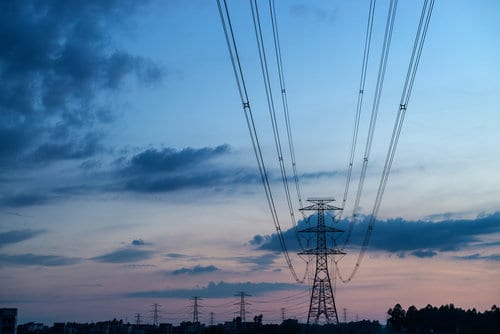Queensland businesses face new price gouge
While some Queensland business continue to reel at massive cost increases brought about by new metering methodology, requiring big capital outlays for power factor correction, retailers have decided it’s their turn to extract more blood from the stone.
As of July this year Energex customers who are on demand based charging went from kilowatt peak (KW) billing to kilovolt ampere metering (KVa). The headline charge per unit for this demand charge dropped by about two dollars per unit, however the new measuring system meant some industrial customers saw their number of these new units increase by up to 40%, causing a massive spike in electricity demand charges. Any customer who had a power factor (a measure of electrical efficiency) below 0.92, copped a non- linear increase in the amount of units charged. Very few companies saw a decrease in demand charges as few exceed this 0.92 power factor number. This has created a mad rush for the sourcing and installation of power factor correction systems designed to repair power factor and push businesses electrical efficiency more towards the high 0.9’s or even an ideal figure of one or ‘unity’.
This has meant a capital cost of thousands to tens of thousands to businesses to rectify their power efficiency. So the apparent drop in the demand charge was, for most customers, a substantial rise in demand and possibly consumption charges as well, which is also likely to adopt the new measure.
While the businesses still struggle with these on-going or capital costs, many who now seek to lock new retailer supply contracts for the next twelve to twenty four months, are seeing rates across the board rise by two to three cents per kilowatt hour, from a current price of four to six cents regardless of retailer. Are we seeing a petrol like cycle emerging where the big gentailers are in cahoots with electricity supply? Or is the high reliance on gas in Queensland suddenly forcing prices up?
Yesterday’s AEMO figures put the average spot price of electricity at about $60 per megawatt hour or 0.06 cents per kilowatt hour. This was a hot and humid day in South East Queensland and no doubt the price was suppressed by the contribution of roof top solar, notwithstanding it is an expensive time to buy electricity. The curious thing about yesterday is that the three eastern states had nearly identical price profiles for the day, this can only indicate that either it was a complete coincidence or the HV interconnectors between these three states were working their butts off. This does however raise the question, if kilowatt hour prices from say from Energy Australia, who produces cheap brown coal electricity, are higher for Queensland customers that their Victorian customers, and the network charges that are paid are supposed to pay for the “transport” of this power, what is the point of the national electricity market if state based constraints and premiums are in place anyway?. What is the point of being able to purchase electricity from a competitor who loads a state based premium on that very supply regardless?
What this does mean is that solar for industry has just been given a huge boost, even where solar has little of no impact on demand charges, the thirty to fourty percent increase on returns by only replacing consumption makes the installation of solar even more attractive. It’s also good for the retailers who are now basing contracts on high price periods, only to reap sweet margins when supply drops in the cooler months.
MORE NEWS
 OSW Gratefully Recognised as AlphaESS' Premium Distribution Partner in Australia
OSW Gratefully Recognised as AlphaESS' Premium Distribution Partner in Australia  We take great pride in commemorating our decade-long partnership with GoodWe
We take great pride in commemorating our decade-long partnership with GoodWe Anson Zhang CEO and Founder of OSW receiving the Hall of Fame Award from Smart Energy Council
Anson Zhang CEO and Founder of OSW receiving the Hall of Fame Award from Smart Energy Council All Energy 2023 Recap: OSW's Solar Innovations And Key Collaborations
All Energy 2023 Recap: OSW's Solar Innovations And Key Collaborations Supercharge Your Solar Business with Our Exclusive "Power Up with LONGi" Campaign
Supercharge Your Solar Business with Our Exclusive "Power Up with LONGi" Campaign

